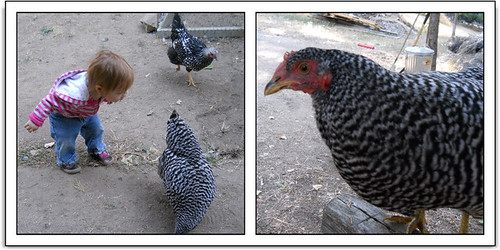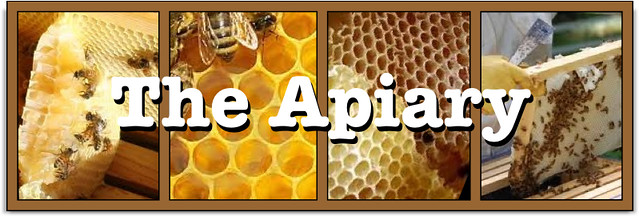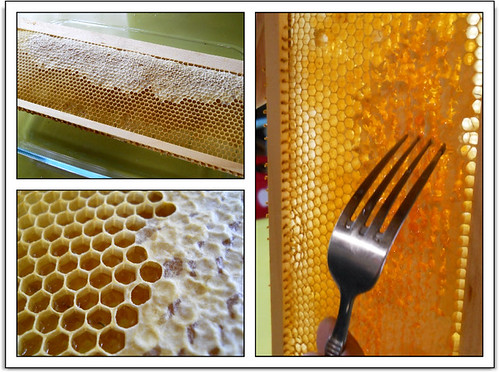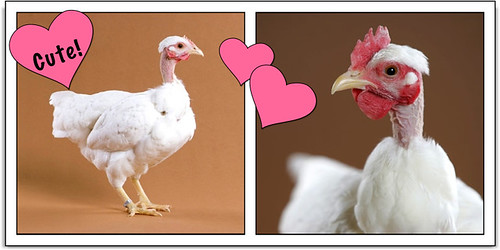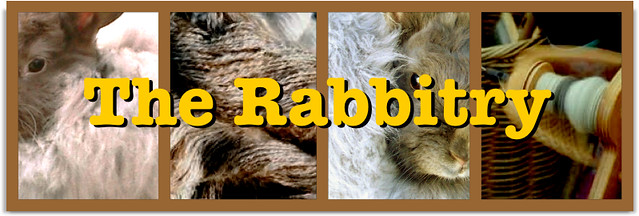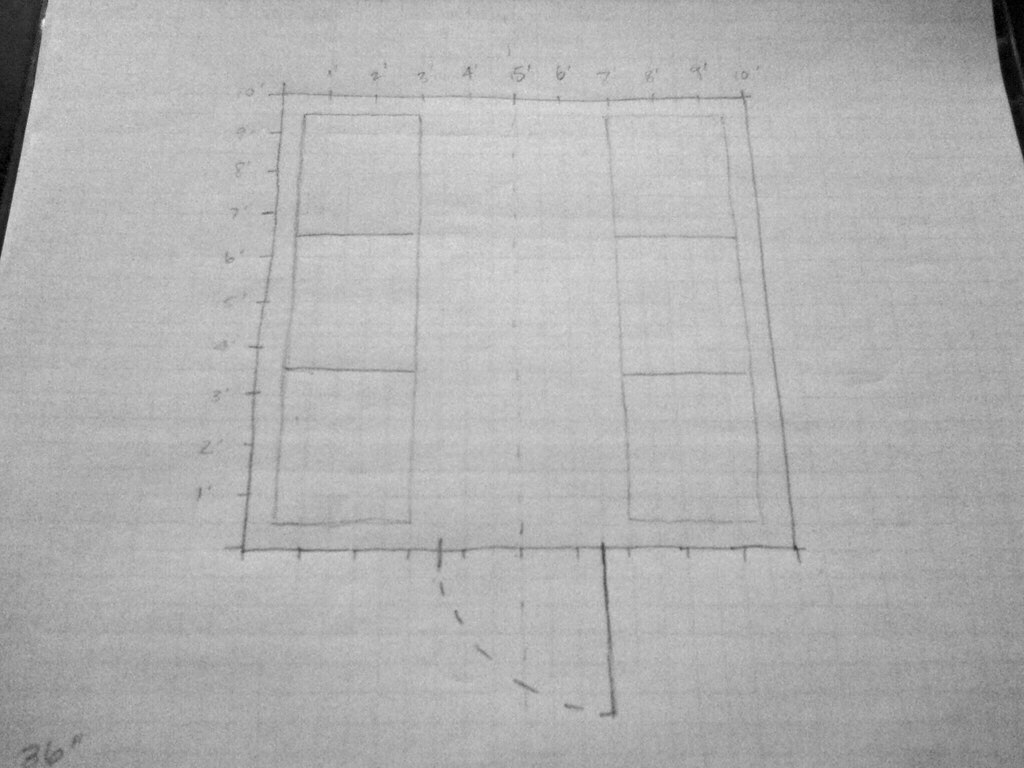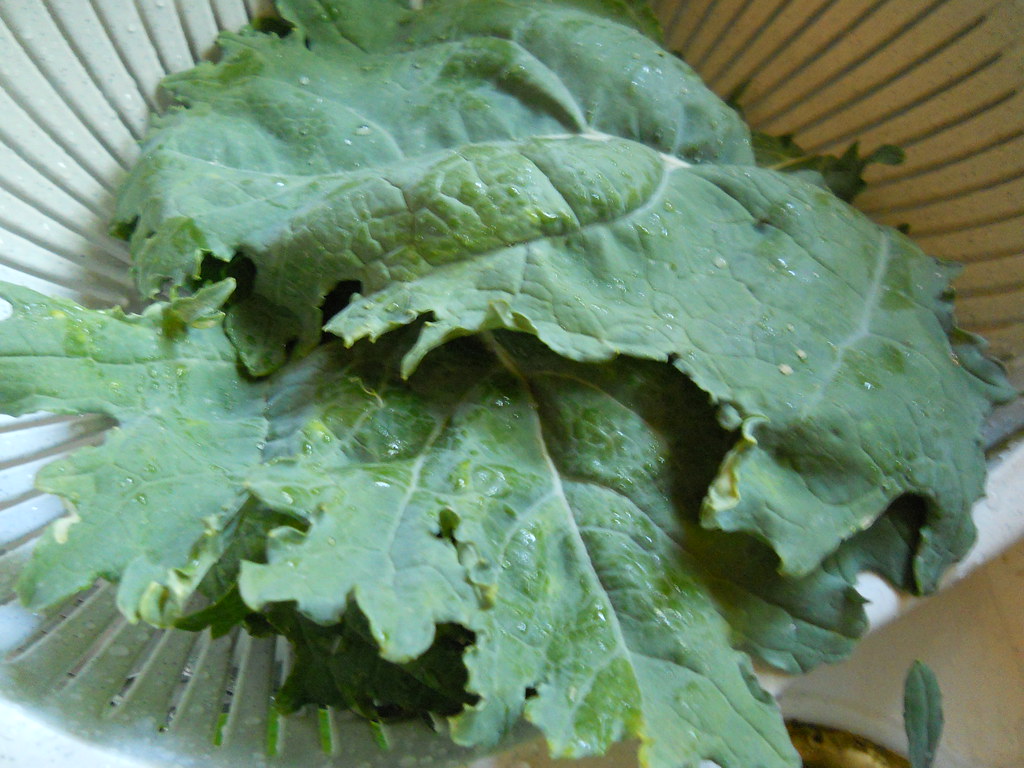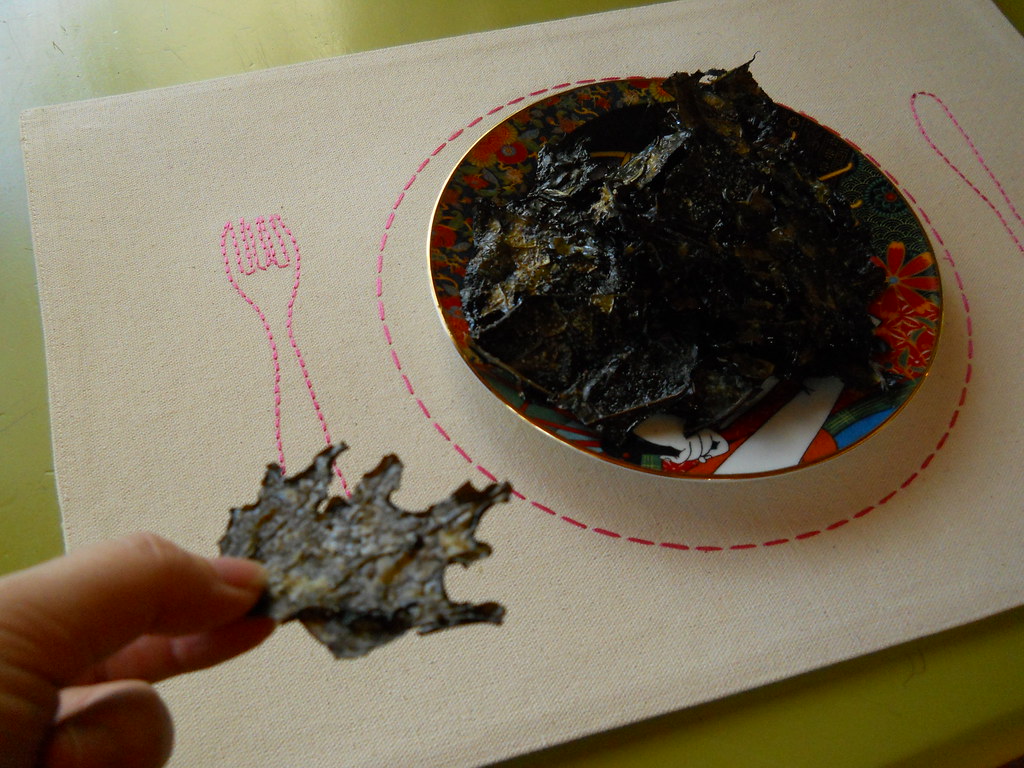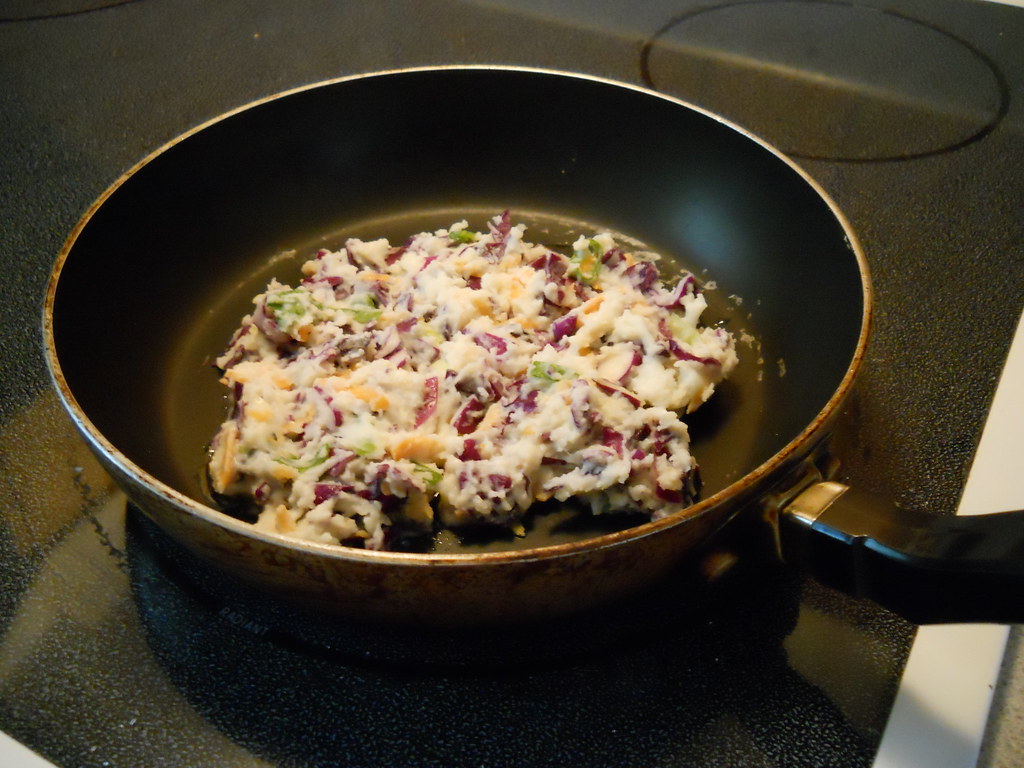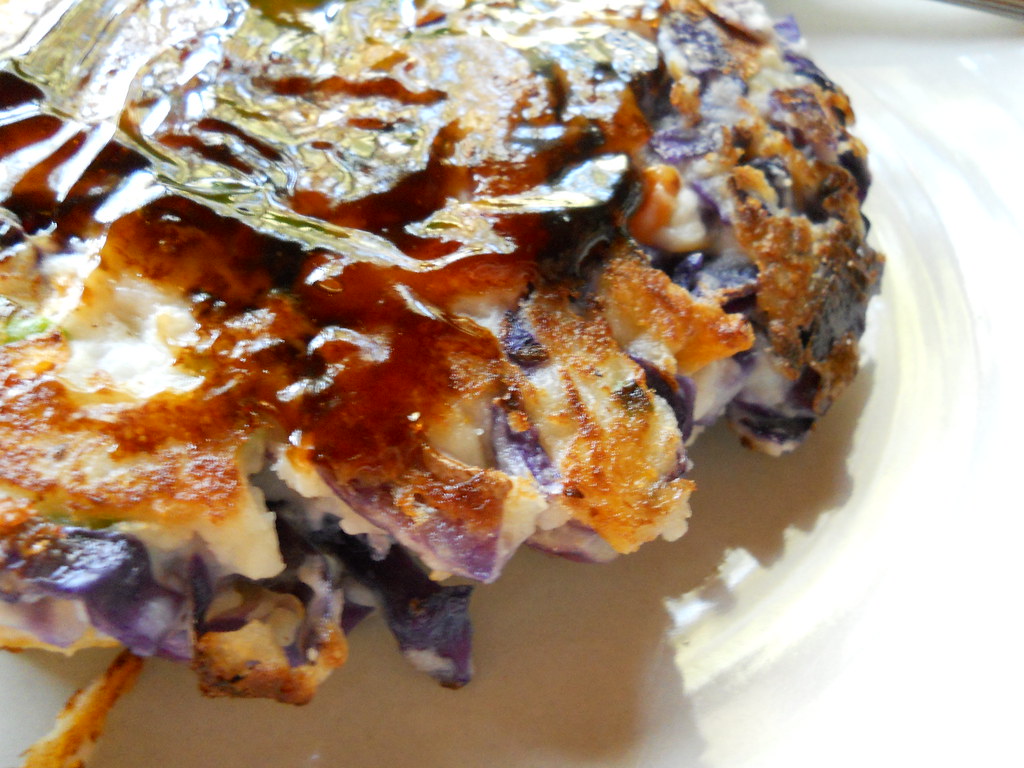The Back to Basics Handbook: A Guide to Buying and Working Land, Raising Livestock, Enjoying Your Harvest, Household Skills and Crafts, and More
by Abigail R. Gehring
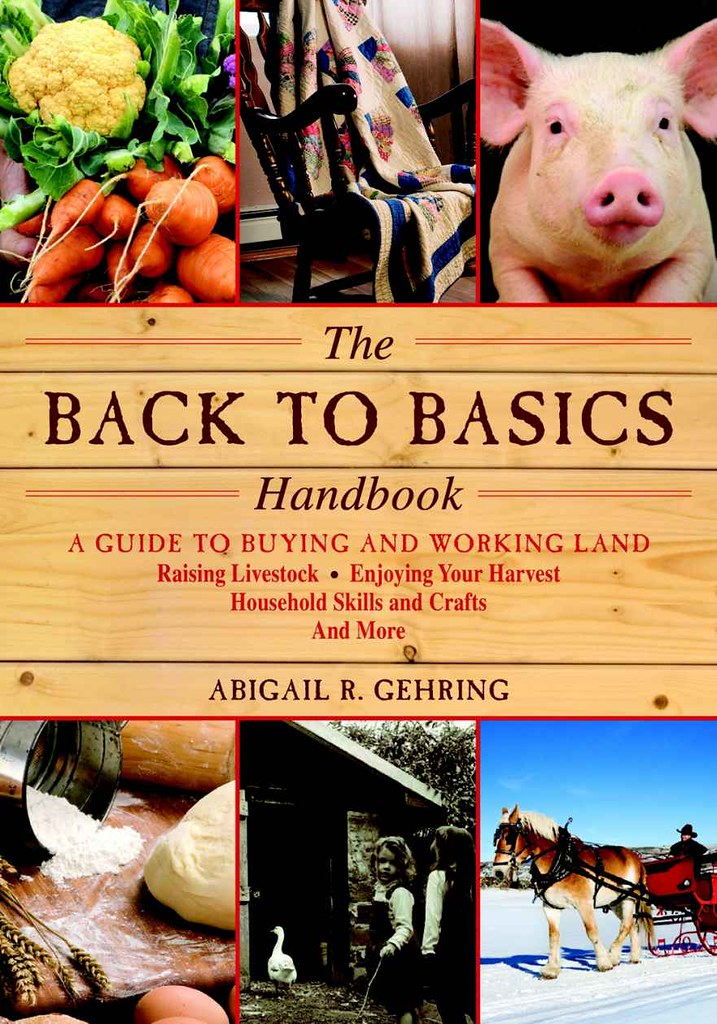
After a disappointing "homesteading" book a month or so ago, I really scoured the Internet reading reviews on other books of a similar nature. I was able to find this title at the local bookstore, Mountain Bookshop.
Wow! Just wow. I love the material covered in this book. Albeit, not every subject is covered in great detail, this book will give you the basics in everything from building your homestead and wind systems to livestock and fruit trees. It is crazy how much I have learned from this one book.
While buying or building on land doesn't apply to me yet, I really appreciate the thought that was given into this chapter. The author goes into how to raise a barn, tap into a water supply, and build various types of fences. Fences apply to everyone.
The chapter on gardening was also especially helpful. It gave detailed descriptions as well as handy little charts on natural pest control. I loved that. Who wants to buy expensive pesticides (not to mention contaminate your food) when you can use simple wood ash to get rid of common pests like aphids? This chapter also got me interested in home fish farming. Something I would have never thought of without this book. When you think of livestock it's the usual: cows, goats, sheep, horses, pigs. This book brings the underdogs into play: rabbits, fish, bees. Most people can only raise the underdogs and I appreciate that smaller homesteads were taken into consideration.
Butchering and preserving is always needed in a book like this and the author also thought to include maple sugaring and bread baking. I hope to put this whole section into use someday as we have access to a sugar maple tree. The book also covers fiber arts -spinning, dying, weaving- and the basics of making candles, soaps, and handwoven baskets.
Really, what else do you need to know? This book covers
everything. I love any book that I can open right up and answer a question I have about this or that. It has also opened my eyes to other aspects of homesteading or self-sufficient living that aren't as commonly written about. Happy reading!
- Sarah
